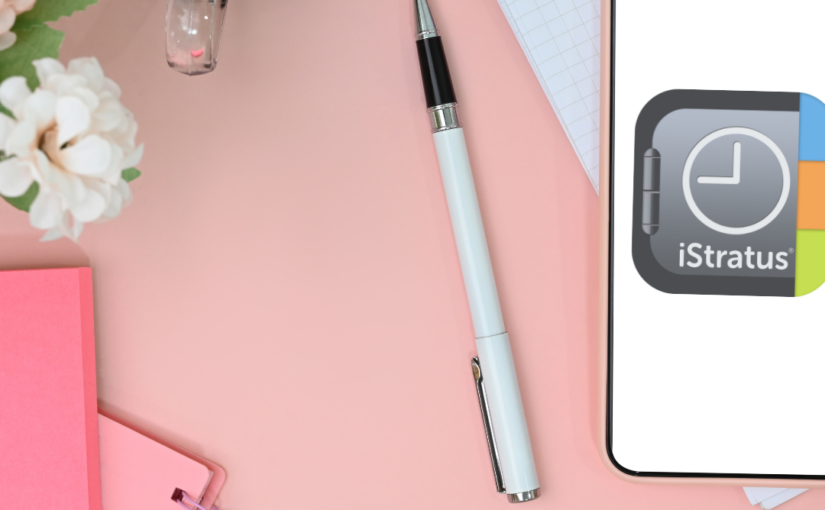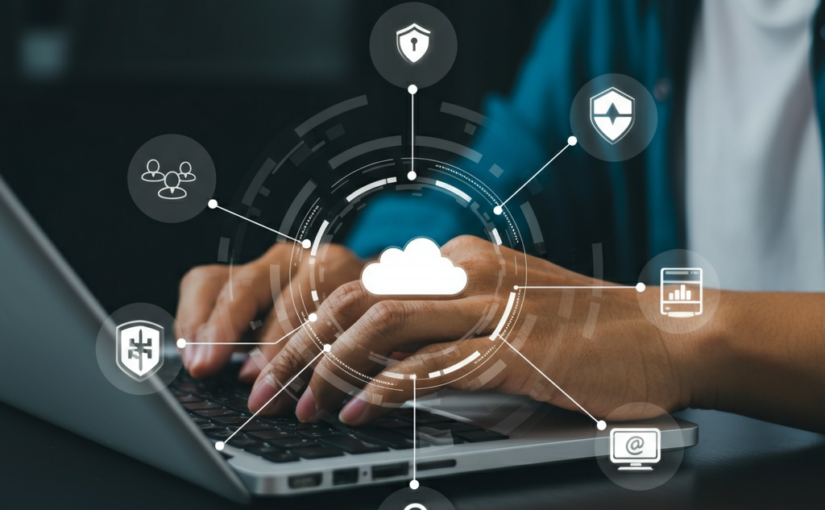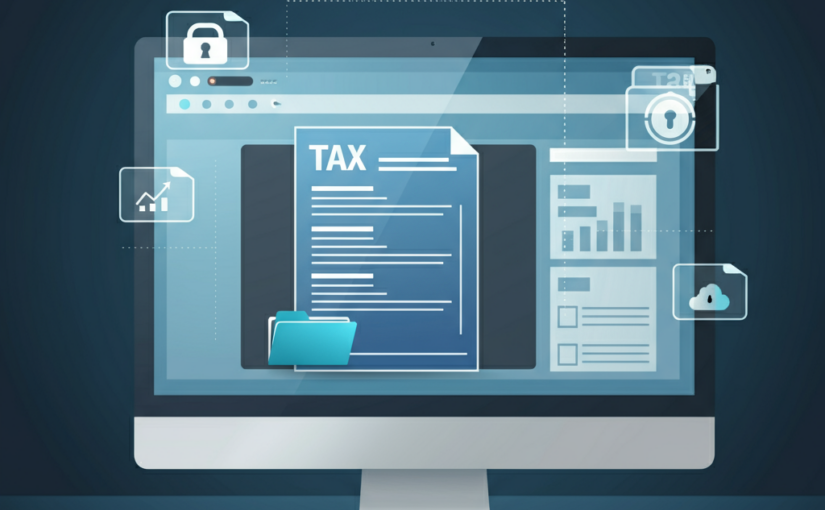Running a household involves juggling a never-ending list of responsibilities. From managing grocery lists to tracking bills, coordinating schedules, and keeping the home running smoothly, household management can feel overwhelming. That’s where iStratus comes in. This powerful digital tool makes it easy to organize and streamline all aspects of household management, helping you save time, reduce stress, and improve efficiency.
Here’s how iStratus can become your ultimate household management assistant.
The Challenges of Household Management
Household management often involves:
- Keeping track of bills, appointments, and household maintenance schedules.
- Coordinating family calendars and meal planning.
- Managing grocery lists and budgets.
- Storing important documents like warranties, receipts, and insurance policies.
With so many moving parts, it’s easy for things to slip through the cracks. Digital tools like iStratus bring everything into one centralized platform, helping you stay organized and on top of every detail.
Organizing Household Tasks
Task Management for a Smoother Routine
iStratus’s task management feature helps you create and organize daily, weekly, or monthly household tasks. Whether it’s cleaning, paying bills, or planning family activities, you can set deadlines, assign priorities, and mark tasks as completed to ensure nothing is forgotten.
Setting Reminders
Never miss an important task again! Use iStratus to set reminders for recurring responsibilities like trash day, watering plants, or scheduling car maintenance. Timely notifications keep you on track and help you stay proactive.
Family Collaboration
Household management works best when everyone chips in. With iStratus, you can create shared task lists so family members can see their responsibilities and check off tasks as they’re completed.
Coordinating Family Schedules
Syncing Calendars
Balancing everyone’s schedules can be tricky. With iStratus, you can sync individual calendars into one shared family calendar. From school events and doctor’s appointments to date nights and sports practices, you’ll always know who needs to be where.
Time Blocking for Busy Days
Use iStratus’s calendar feature to time-block busy days, allocating time for work, errands, and relaxation. This not only improves time management but also ensures you carve out moments for yourself.
Simplifying Grocery and Meal Planning
Digital Grocery Lists
Say goodbye to misplaced sticky notes. With iStratus, you can create grocery lists that are easy to update and accessible from your phone or tablet. Use tags like “weekly staples” or “special recipes” to organize items and save time at the store.
Meal Planning Made Easy
Plan meals for the week using iStratus’s customizable templates. Include recipes, ingredient lists, and prep instructions in one place, making cooking stress-free and efficient.
Managing Household Finances
Track Expenses and Budgets
Keep tabs on household spending by tracking bills, subscriptions, and everyday expenses in iStratus. Set budget limits and categorize expenses for better financial oversight.
Bill Payment Reminders
Avoid late fees by setting reminders for bill due dates. iStratus ensures you stay on top of rent, utilities, and other recurring payments.
Organizing Financial Documents
Store digital copies of bills, receipts, and tax documents securely in iStratus. With everything in one place, filing taxes or resolving financial disputes becomes much simpler.
Keeping Important Documents Organized
Digital Filing Cabinet
Use iStratus to store important household documents like warranties, insurance policies, and appliance manuals. Categorize them into folders for quick access when you need them.
Secure and Accessible Storage
With iStratus’s encrypted cloud storage, you can securely access your documents anytime, anywhere. Share files with family members or service providers without worrying about security.
Planning for the Unexpected
Emergency Preparedness
Create an “Emergency Folder” in iStratus to store vital information like emergency contacts, medical records, and insurance policies. Being prepared can make a world of difference in stressful situations.
Household Maintenance Logs
Keep a record of home maintenance tasks, from HVAC servicing to roof inspections. Use iStratus to track warranties and schedule reminders for upcoming maintenance.
Why iStratus is the Perfect Household Management Tool
iStratus isn’t just an app; it’s a comprehensive solution for simplifying household management. With features like task management, calendar integration, secure file storage, and collaborative tools, it streamlines every aspect of running a home.
Start transforming your household management today with iStratus. Download Now and experience the difference a well-organized home can make.








